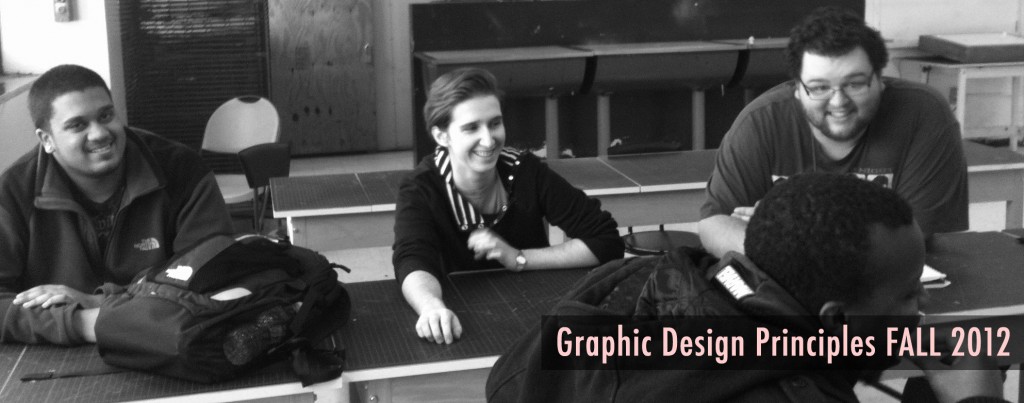One of the greatest joys I get from teaching is seeing friendships develop in the classroom.
I always ask my students on the first day of class to look around the room and introduce themselves to the person sitting next to them, because “these strangers will someday be your colleagues, partners, bosses, clients.” They always laugh, but the people they meet in college and graduate school often become the colleagues they will turn to when they need a job or collaborator.
Recently, I ran into a former student from my Graphic Design Principles 1 course from several years ago. I joked with him that he seemed all grown up now. He acknowledged that there is a big difference between age 18 and 22. I was happy to hear that he had stayed friends with several of the other students in that class.
That was the year that I began to incorporate a number of group/collaborative projects in my classes. The increase in the classroom camaraderie was dramatic. Students worked together to solve design problems, offered help to students that were struggling, and contributed to a much happier classroom environment.
Another thing that improved was the verbal project critiques. Students went from painful, sullen, teenage silence to confident, mature vocal interactions. One of my primary goals when teaching freshman is giving them a chance to speak freely. I repeatedly encourage them to use the course vocabulary, but when they are at a loss I ask them to share their impressions about what they see in whatever words or associations work for them. This relaxed approach gives me a much better gauge of how well students are comprehending and connecting the vocabulary with design principles and helps me to make corrections and repeat concepts as needed. This relaxed critique environment paired with a feeling of comfort among their peers often allows them to take risks and express themselves without fear.
Recently, through the use of OpenLab messaging and discussion forum, I have observed students requesting feedback from their peers if they miss a class or are stuck in their design process. Holding critiques or collaborations in this medium also supports those students who feel self-conscious in person, but less inhibited online.
Creating a classroom environment that fosters friendships though multiple modes of collaboration gives students a safe place to learn (and fail) and prepares them for their future collaborations beyond the classroom.
